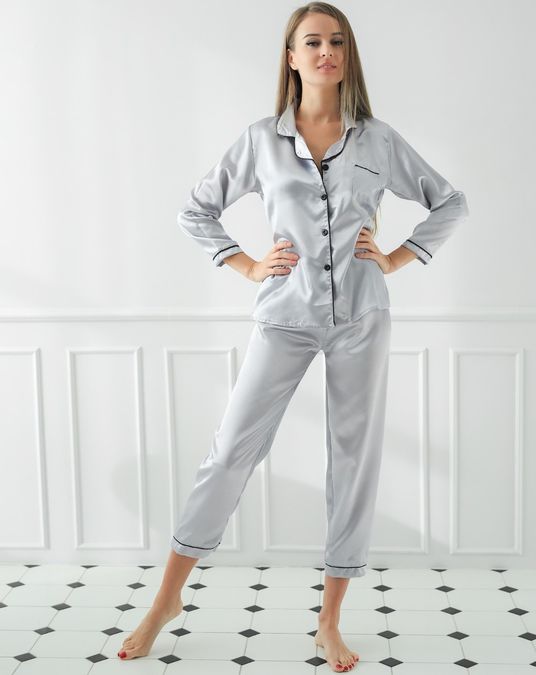JAKARTA – Fasyen has long been regarded as a representation of personal and functional identity. Workwear is different from nightwear or swimwear. A number of researches have explored fashion's image of personal identity, ranging from pieces, fashion house collections, colors, and prices.
Interestingly, nightwear or known as pajamas also records the development of the fashion industry. Coco Chanel was the first designer to create attractive and elegant pajamas or pajamas for women.
This legendary designer's design convinces women that pajamas can be worn with a touch of comfort as well as the beauty of traditional nightwear. Visiting Radice, Friday, May 21, said the pajamas were not from Western countries.
Pajamas are derived from the word pae jama or pai jama meaning 'footwear' derived from the Hindi word and worn from the Ottoman empire of the 13th century. Initially, pyjamas were trousers with belt straps around the waist.
It is worn by women and men throughout the Middle East and South Asia, including Bangladesh, Pakistan, Iran, and South India. The size can be loose or tight, some are tight on the ankles.
These trousers are usually paired with a tie tunic that falls to the wearer's knees. The match is considered the best way to feel comfortable and stay clean including when sleeping.
In the 14th and 15th centuries, Europeans invented pieces of nightwear and in this house. Then adopted climate-appropriate in his country. In the 17th century, almost everyone in Europe wore pajamas adapted from the Ottoman empire.
The Middle Ages brought pajamas as a more varied fasyen. Especially when sewing machines make fashion production even more massive. And the pajama design is longer or even made too long and so ready-made outfit.
From the early 1600s to the mid-1800s, nightwear was shirt-like, collared and had a deep neck opening on the front. It wasn't until the late 1800s that pajamas were made of a variety of fabrics, including flannel, cotton, linen, and silk both plain and colored.
In the early 1900s, pyjamas thoroughly seized the women's fashion market. Starting from the design of pants and a buttoned top and soft decoration on the wrist. The next variation is jubbah-shaped waisted or kimono-like.
In the 1970s, many people wore silk shirts and pants inspired by Chinese and Indian nightwear. At first, pyjamas became nightwear that could not be worn out of the house until the latest fashion was born and broke the conventional rules so that pajamas could be a work outfit.
The English, Chinese, Japanese, Arabic, and French versions are automatically generated by the AI. So there may still be inaccuracies in translating, please always see Indonesian as our main language. (system supported by DigitalSiber.id)












